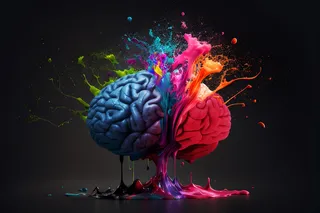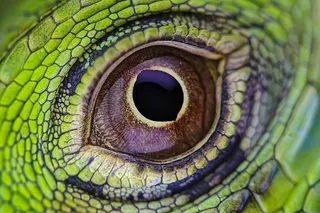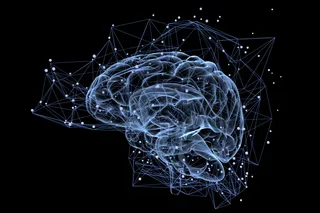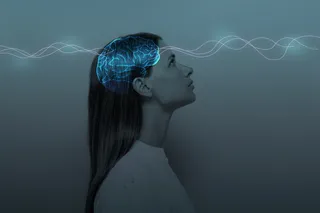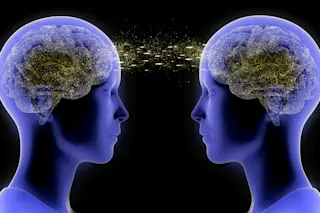While perusing your Facebook news feed, have you ever wondered why some people's babies are adorable, while others are butt ugly? To find out why, these scientists digitally manipulated baby photos to determine what features influence baby cuteness. Turns out that round faces and high foreheads are key for cuteness, and the cuter the baby, the more willing people are to take care of it. Fortunately for those ugly babies, they are not necessarily doomed to become ugly adults.
Baby Schema in Infant Faces Induces Cuteness Perception and Motivation for Caretaking in Adults.
"Ethologist Konrad Lorenz proposed that baby schema ('Kindchenschema') is a set of infantile physical features such as the large head, round face and big eyes that is perceived as cute and motivates caretaking behavior in other individuals, with the evolutionary function of enhancing offspring survival. Previous work on this fundamental concept was restricted to schematic baby representations or correlative approaches. Here, we experimentally tested the effects of baby schema on the perception of cuteness and the motivation for caretaking using photographs of infant faces. Employing quantitative techniques, we parametrically manipulated the baby schema content to produce infant faces with high (e.g. round face and high forehead), and low (e. g. narrow face and low forehead) baby schema features that retained all the characteristics of a photographic portrait. Undergraduate students (n = 122) rated these infants' cuteness and their motivation to take care of them. The high baby schema infants were rated as more cute and elicited stronger motivation for caretaking than the unmanipulated and the low baby schema infants. This is the first experimental proof of the baby schema effects in actual infant faces. Our findings indicate that the baby schema response is a critical function of human social cognition that may be the basis of caregiving and have implications for infant-caretaker interactions."
Bonus figure from the full text:
Photo by Kathryn Henderson




